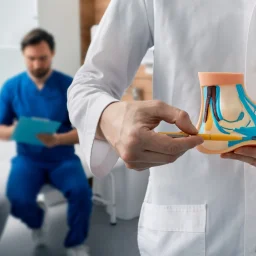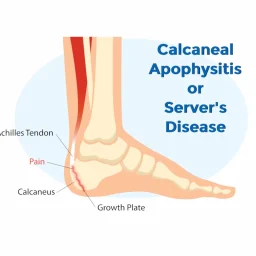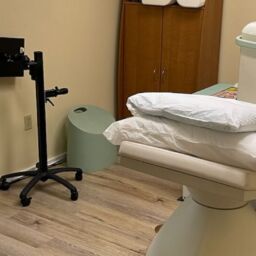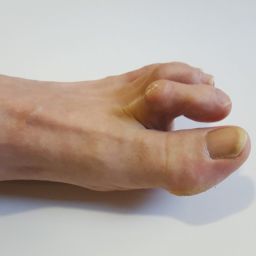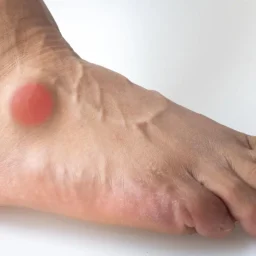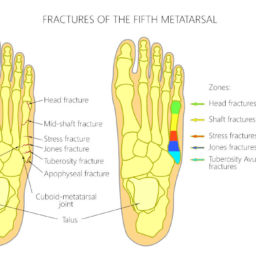
The foot sesamoid bone is embedded in a tendon, similar to your knee cap. They are very smooth to move over the first metatarsal bone.
Sesamoiditis can cause pain at the ball of the foot, near the big toe joint. The sesamoid bone can experience repetitive stress and extra pressure when the big toe pushes your foot forward. Sesamoiditis happens when the two small sesamoid bones are injured or irritated due to repetitive movement and overuse.
What Are the Symptoms of Sesamoiditis?
In most cases, sesamoiditis develops gradually. It can start as a dull ache and then turn into intense throbbing. Eventually, pain and swelling may increase to the point where it’s challenging to walk comfortably or put weight on the big toe.
Several injuries can occur to sesamoid bones, including the ones listed below:
- Bone Fractures – Bone Fractures may be acute or chronic. Acute fractures occur when there is a direct impact on the bone. A chronic fracture is a stress fracture often caused by a small break due to overuse.
- Sesamoiditis – This is another overuse injury with chronic inflammation of the tendons and bones of the foot. It causes longstanding pain near the joint of the big toe. Sometimes the pain will come and go depending on the activity.
- Turf Toe – This is an injury of the soft tissue near the toe joint when extended beyond its normal range. This creates immediate swelling and sharp pain. It can also injure the tissue or fracture the bone.
Something to keep in mind is that those with high arches have a higher risk of injuries to a sesamoid bone in the foot. Wearing high-heeled shoes may also contribute to increased foot pain and foot injury.
How Are Problems with the Sesamoid Bone of the Foot Diagnosed?
When an injury to the sesamoid point is possible, your foot and ankle doctor will examine the foot with a focus on the joint of the big toe. The big toe will be pressed and moved up and down. Your walking may be assessed along with the tread of your shoes.
In many cases, X-rays or bone scans via MRI will also be used to determine the cause of the injury and how bad it is.
Nonsurgical Treatments for Sesamoid Bone Problems
In many cases, sesamoid issues are treated with noninvasive options. Which one is ideal for your case will depend on the severity of the injury and what type it is. Some treatment options include:
- Immobilization – Your foot may be put into a removable or long-term cast. Crutches can help avoid putting weight on the foot.
- Oral medications – NSAIDs (nonsteroidal anti-inflammatory drugs) are often used to reduce inflammation and pain.
- Orthotic devices – A custom orthotic device can be added to your shoe. Differently shaped toes may necessitate the use of one device over another.
- Physical therapy – Rehabilitation often involves physical therapy, including exercises and ultrasound therapy.
- Steroid injections – Cortisone may be injected into the joint to cut down on inflammation and pain.
- Taping, strapping, or padding – A pad can be added to the shoe for cushioning or the toe may be strapped or taped to prevent tension.
Is Surgery Required for Broken Sesamoid Bone FOOT ISSUES?
If a large fracture occurs, surgery may be needed. The same applies to severe injuries of other types. The surgery will remove the fragmented or damaged bone. Sometimes blood supply may be reduced, which will mean slower healing and a surgical review.
Final Thoughts
The foot sesamoid bone of the foot can experience injuries that may require treatment by a podiatrist. There are many forms of nonsurgical techniques to heal these injuries, but severe problems may require more invasive procedures.
We are located in South East and West Florida, with foot clinics in Imperial Point, Fort Lauderdale, Weston, Cape Coral, Fort Myers and Tampa. For a complete list please visit our locations page.

